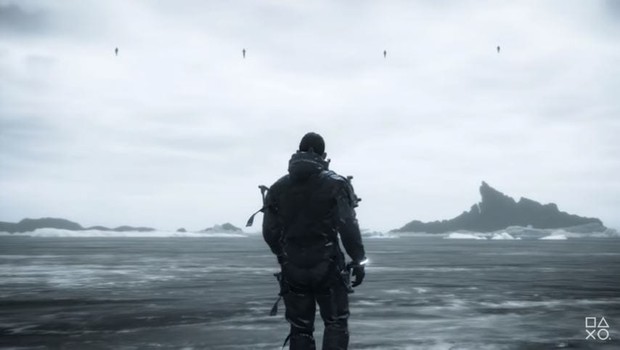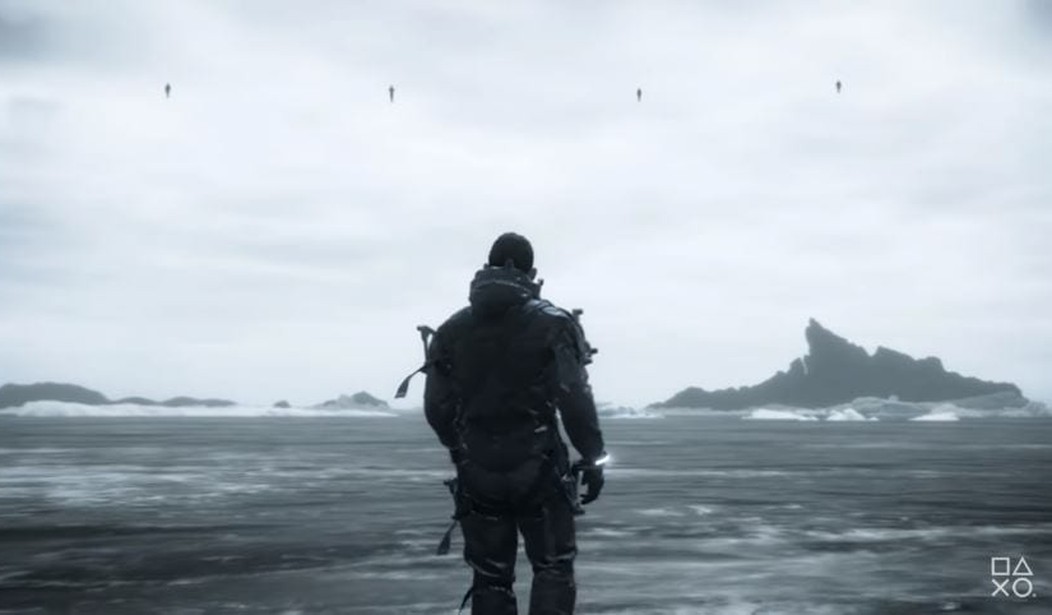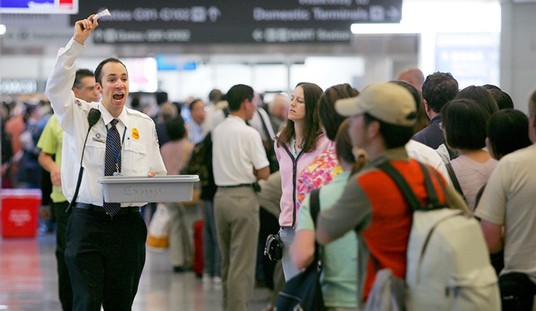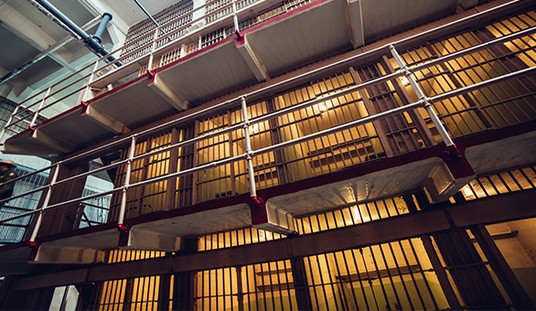
I wanted to write this review way sooner, but I felt it necessary to finish Hideo Kojima’s latest outing before I sat down to write about it. I felt it necessary, seeing as how this wasn’t any kind of normal game. It was a cultural commentary that I fully wanted to explore fully before I actually gave my opinion on it. Now I’m done.
So let’s talk about Kojima’s first-ever solo outing…”Death Stranding.”
Let me forewarn you. Like a Kojima game, this may get long and a bit confusing, but stick with me. Sticking it out together, oddly enough, is the very theme of this game and the heart of the devastatingly accurate message Kojima was trying to get across to us.
“Death Stranding” takes place in an apocalyptic future where the Earth is facing its last years. An event appropriately called the “death stranding” began with a series of massive explosions across America. No one is sure what caused them, but something about these explosions caused devastation on such a scale that the world of the living and the dead began to bleed into one another.
This merging caused a number of things to happen. Most notable was the arrival of a substance called “chiralium” from the land of the dead, or as they call it “the beach,” due to the way the land of the dead manifests itself as a beach of gray sand, rocks, and an overcast sky. The beach is littered with the corpses of dead things you’d find in the ocean, such as crabs, dolphins, or whales.
The arrival of chiralium had a devastating effect on the planet. First, and most notable, was the creation of “timefall,” which looks like regular rainfall, but actually accelerates the aging process for anything it touches so considerably that being caught in it unprotected will cause anything to age and deteriorate in a matter of seconds be it biological or not. The second is the presence of the dead who always seem to accompany the timefall in the form of ghosts attached to the sky via ghostly umbilical cords. Should they catch you, the will attempt to feed you to a supernatural beast from the beach.
Sounds weird, right? It’s just getting started, but it will make sense soon.
Needless to say, timefall devastated the planet. Cities lay in ruins, the vast majority of the human population died off, and those that did survive now live in cities called “knots,” or were the preppers that many people scoffed at before the death stranding occurred. To make matters worse, humans that are caught by the ghosts of the dead and fed to the “beached things” (BT’s) cause a “void out” or a complete elimination of an entire area, like a nuclear explosion but without the explosion. Everything just disappears.
The presence of chiralium wasn’t all bad, however. What remained of humankind jumped forward technologically by decades thanks to the element’s odd properties, and even farmers found that timefall could be used to grow crops at a breakneck pace. It’s the first post-apocalyptic story where starvation and lack of modern conveniences were the furthest things from being an issue.
The only issue people had was connecting to one another due to the loss of modern communications, but even that was solved by chiralium. They used the substance to create the “chiral network,” a successor to the internet that is so fast and capable of transmitting massive amounts of data all at once that it makes today’s internet look like two cans connected by a string. However, goods still needed to be sent all over the country like before, and as such, the courier is still a profession going strong.
And that’s where you come in. You play as “Sam Porter Bridges” (played by Norman Reedus) a courier who specializes in navigating the timefall and the dead in order to bring packages safely to their destination.
To make an already long story short, you are tasked by the President of what remains of the United States (who is also your mother) to reconnect the cities and preppers by bringing them all into the chiral network while still carrying out your duty as a courier.
Hollywood may be out of ideas, but the gaming industry isn’t.
Normally, I wouldn’t go this in-depth about a game’s plot but normally games don’t have a plot this in-depth. Besides, it was important for me to highlight this for you so you could get the full picture of what Kojima was trying to say.
The world of “Death Stranding” is a metaphor for the world we live in today. We live in the world of the future where we could have everything we’ve ever wanted, but we’re more plagued by separation than ever before, which is odd, given the invention of social media. In fact, according to Kojima, it’s social media that has caused this separation.
“Today, we’re so close together on social media. It’s 24 hours a day, in real-time,” Kojima told the Washington Post. “It may be too close. We’re so closed on social media nowadays that people are wearing a mask, saying whatever they want.”
“Because we’ve become so close, people are saying negative things easily,” he continued. “We communicate without considering others, and a lot of that has to do with new technology. The original meaning of communication is to care and feel for others. Technology and the internet has sort of carried us in the wrong direction. So in “Death Stranding,” with the indirect connections that the player has, I want to rethink what communication — and to think about others — is.”
According to Kojima, this corrupted connection we’ve experienced has caused us to become isolated in our own worlds, becoming “beached things.” In other words, in “Death Stranding” the dead ghosts connected to “the beach” via a ghostly umbilical cord is us.
But Kojima didn’t want to leave us with nothing but a downer commentary on society. He wanted to put us into a position where we helped one another in our respective isolation. As such, he dipped into a style of game called a “Strand” game, or a system where the player is always playing alone, but can see the effects other players have had within the world of the game. For instance, in Dark Souls, other players may leave you messages written into the ground warning you of upcoming enemies or alerting you to secrets.
In “Death Stranding” this is taken to a different level. As Sam, you’re tasked with transporting cargo to and from locations across the world, mostly on foot. The going can be rough, and you need to get your packages to their destination without breaking them and within a decent amount of time. You are given many different tools to complete this, and any tool you use and leave behind will also be there for a player who comes across that same place in their game. I can’t count the number of times I found a handy rope that was left behind by another player while I was trying to descend a steep mountainside.
And it goes beyond just ropes and ladders. Players are given the option to leave shelters to shield you from timefall or give your Sam a safe place to rest. Vehicles that you may have abandoned may be picked up and used by other players as well. You can even help other players in the construction of roads.
Everything you do in Death Stranding is done to help, not just yourself, but someone else. Like the internet in the real world, you will never see the other person, but thanks to the game’s Strand mechanic, you will be appreciative of the fact that they were there. You are always alone, but you are never far from help.
“You still feel lonely. But in this game, you will at a certain point realize that you are NOT alone,” said Kojima.
Your mission to connect the survivors to the chiral network serves as a story element, but doing so also invites other players to help you, and be helped by you.
I’ve seen many people call Kojima a mad genius. I’d never really understood. I’ve only played four of his games and only finished two of them, including “Death Stranding.” However, after finishing it, I have to agree. Kojima really has done something special here.
Kojima said during his Washington Post interview that he wanted people to walk away from “Death Stranding” with something more than just fun game experience. He wanted us to walk away with something positive.
“So what they learn and feel in the game world, I want them to use in the real world as well.”
The odd thing is, when it came to the game, the happiest I felt playing it was, indeed, when I was helping out others. I would create bridges or leave behind ropes and ladders with the idea in mind that someone else would be using it soon and that I should be putting it in the most convenient and easily accessible place. I took real joy in the fact that I was helping someone else out, not just myself.
It’s a lonely feeling game, and Kojima and his team really do a good job of making you feel like that from the immaculately rendered landscape that is as vast as it is devoid of life, to the soundtrack by haunting bands like “Low Roar.” That said, I never felt like I was on my own and that other players were trying to help me just as I was trying to help them.
It’s a warm feeling, and as such, I think Kojima succeeded in his quest.
With all that said. Do I recommend “Death Stranding?” It’s definitely not for everyone. The game is a slog by design, and it will require you to put time into it. There’s no fast-paced action. Even combat against the bosses doesn’t get your adrenaline going as high as your typical Call of Duty multiplayer game. The story and the world are complex and may require some extra reading to understand it, but it’s absolutely fascinating if you have the patience to put into it, and not everyone does.
“Death Stranding” may not grace a lot of people’s libraries, and won’t even sit in my top five games, but it was definitely a special experience that I wish everyone could have.














Join the conversation as a VIP Member